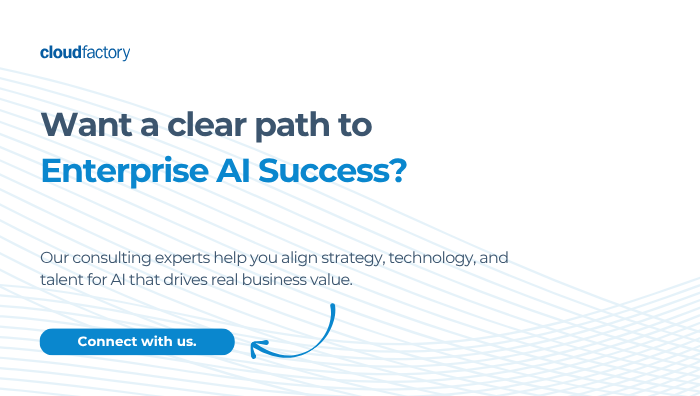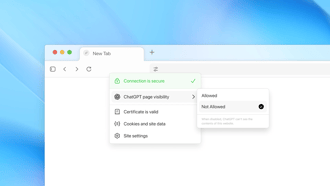During SF Tech Week, CloudFactory’s Chief Product Technology Officer, Ajai Sharma, joined a panel hosted by Dots to discuss the "Future of Data Labeling." The conversation revealed that to understand the future of AI, you have to understand the humans who are teaching it..jpg?width=4000&height=3008&name=1000030398%20(1).jpg)
Here are the three key lessons Ajai shared about the human layer of AI.
1. "Behind every great AI system are people who understand the world deeply enough to teach it to a machine."
We often talk about AI "learning from data," but this is misleading. AI doesn't learn; it mimics. It needs a translator. A label isn't just a click; it's a decision. It’s a human being translating their deep, real-world understanding of a concept into a format a machine can process.
This is the human backbone of AI. It’s the person who can distinguish sarcasm from genuine anger in a text, identify a hairline fracture in a medical scan, or understand the subtle cultural intent behind a social media post. Without this human judgment, data is just noise.
2. "Context is the connective tissue between human understanding and machine interpretation."
This is the single biggest challenge in AI. At CloudFactory, we know that "context" is the first thing that breaks at scale. When you have thousands of people labeling data for hundreds of clients, "correct" becomes a moving target.
This is why Ajai argues that context isn't a soft skill—it's infrastructure. You have to invest in it, build systems around it, and maintain it just like you would a piece of software. This means robust training, cultural alignment, and feedback loops that treat annotation guidelines like a living codebase. When this "connective tissue" is strong, the model learns correctly. When it's weak, the model fails.
3. Labeling is moving from drawing boxes to mapping understanding.
The first decade of data labeling was about teaching AI to see. We drew boxes around cars, tagged simple objects, and identified spam. The next decade will be about teaching AI to think.
According to Ajai, this is the most significant shift in the industry. Tomorrow's "labels" won't be simple annotations. They will be complex maps of human reasoning. We will be labeling why a decision was made, what ethical boundary was considered, or how much trust to place in a piece of information. This new layer of AI requires a workforce that can reason, reflect, and handle ambiguity—the very skills CloudFactory has been nurturing all along.
 Ultimately, building the next generation of AI requires a new focus. It’s a shift from prioritizing automation to prioritizing human understanding. Supporting this human layer with reliable infrastructure—from training and tools to the global payout systems that ensure they are paid securely—is no longer optional. It is the only way to build AI that is truly aligned with human values.
Ultimately, building the next generation of AI requires a new focus. It’s a shift from prioritizing automation to prioritizing human understanding. Supporting this human layer with reliable infrastructure—from training and tools to the global payout systems that ensure they are paid securely—is no longer optional. It is the only way to build AI that is truly aligned with human values.
- To learn more about CloudFactory’s AI solutions, connect with our team here.
- To learn how Dots powers global payouts and removes the complexity of paying an international workforce, book a demo.
.png?width=1563&height=1563&name=Untitled%20design%20(38).png)




.png?width=1563&height=1563&name=Untitled%20design%20(30).png)



.png?width=1563&height=1563&name=Untitled%20design%20(33).png)


.png?width=1563&height=1563&name=Untitled%20design%20(34).png)














